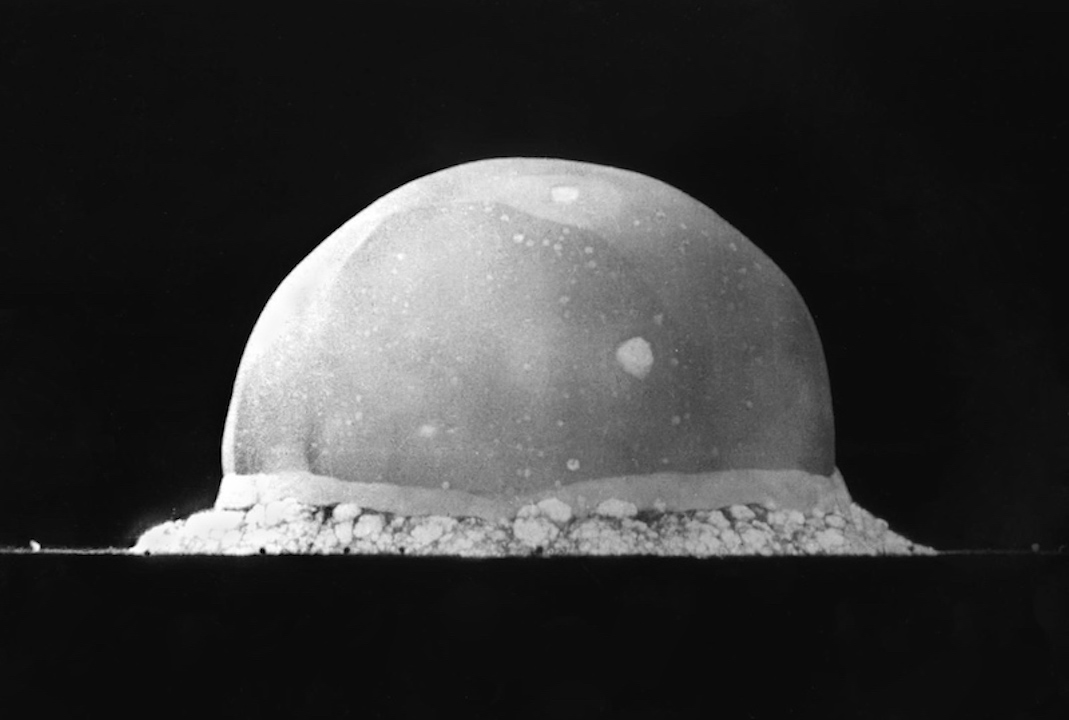On January 20th, 2025, Donald Trump was officially sworn in as the President of the United States for his second term after winning the 2024 US election. With this, a new age of global politics is in the offing.
Trump’s policies during his first administration were largely guided by an “America First” agenda, reflecting a zero-sum understanding of the interests of the United States, manifested in protectionist trade, and non-interventionist foreign, policies. With that history in mind, Canada must anticipate how Trump’s impending reversion to these policies may affect it going forward, since the United States is its largest trading partner and ally.
President Donald Trump has already moved to impose 25% tariffs on all Canadian goods exported to the United States. This willingness to target one of America’s largest trading partners, alongside Mexico and China, highlights the extent to which Trump is willing to double down on an America First approach. Although these tariffs have been put on hold in Canada’s case, merely declaring this intent was enough to cause panic across North America.
Trump’s commitment to non-intervention should be regarded as seriously as his stance on tariffs. He has been clear about his intention to disengage from foreign conflicts altogether. To start, he claims to intend to scale back, if not entirely eliminate, America’s involvement in the conflicts in Eastern Europe and the Middle East. His approach to security arrangements resemble those of a mob boss.
Since Canadian and American foreign policies are considerably intertwined, the United States’s withdrawal from the global stage will affect Canada going forward. With that said, Canada will need to prepare to secure its interests without American support. From the discourse of tariffs, it is apparent that Canada needs to adapt to a period in which the United States is a much less reliable trade partner. The same can likely be applied to Arctic sovereignty. While the United States is Canada’s closest ally in the Arctic, and the two have engaged in joint operations (particularly Operation Nanook), an American First foreign policy could reduce Washington’s consideration of Canadian interests in the region.
As Canada’s erstwhile premier partner is gearing up to take a back seat abroad, but perhaps adopt a more imperious stance in North America, Ottawa should prioritize relations with other like-minded middle powers in Europe and East Asia. However, while international partnerships need to be broadened and strengthened, Canada also needs to make itself more attractive to such potential partners by improving its national defence posture. The best way to go about this is to treat it as a major public policy issue. These issues are usually society-wide challenges that require all-of-government intervention through policies and legislation. Common examples include tackling poverty, inequality, environmental degradation, and public health. It is high time that national defence and coalition-building cease being relegated to secondary status in Canadian political discourse and public attitudes.
More to the point, many of the other major policy priorities intersect with matters of defence and geopolitics. For instance, looking at the opioid crisis, adolescents and youths make up around 20% of preventable deaths since the crisis began, while hospitalization rates for those aged 15-24 have increased as a direct result. Similarly, one in three youth are overweight or obese, with these rates nearly tripling in the last three decades. These statistics have implications for Canada’s manpower barrel.
On that note, one of Canada’s most pressing defence issues is the personnel size of the Canadian Armed Forces, which stood at around 67,000 in 2023. To paint a clearer picture, in 1990, this number stood at around 90,000 active troops. Obesity and opioid-related challenges will have a significant impact on this issue moving forward, as many young people affected by these struggles are not eligible to join the CAF since they will not be able to meet the physical and mental health requirements. If the demographic expected to replenish CAF personnel is allowed to erode , that will continue to affect recruitment numbers in the future.
Canada has one of the most intricate & interconnected systems of government in the world. But if one imagines Canada as a person, its constituent institutions and apparatuses at the municipal, provincial, and federal levels would represent its vital organs, each part working in unison to keep the country running smoothly. If one of these organs is not able to function properly, the entire system could feel the impact. To adapt to the challenges of the modern world, Canadians must treat Canada’s national defence, security, and other public concerns as extremely complexly related, wicked policy problems that require coordinated action across all levels of government. It is imperative that such a response be taken in order to prevent Canada from being further entangled in a polycrisis, where both the country’s domestic and international-based policy issues amplify each other.
Photo: Soldiers Disembark a CC-177 Globemaster Aircraft in Rankin Inlet, NU for Operation NANOOK (2017), Cpl Duchesne-Beaulieu via Source. Photo courtesy of the Canadian Forces Combat Camera, Department of National Defence.
Disclaimer: Any views or opinions expressed in articles are solely those of the authors and do not necessarily represent the views of the NATO Association of Canada.





